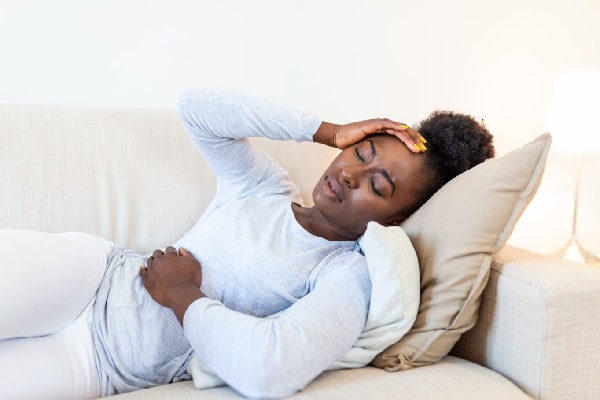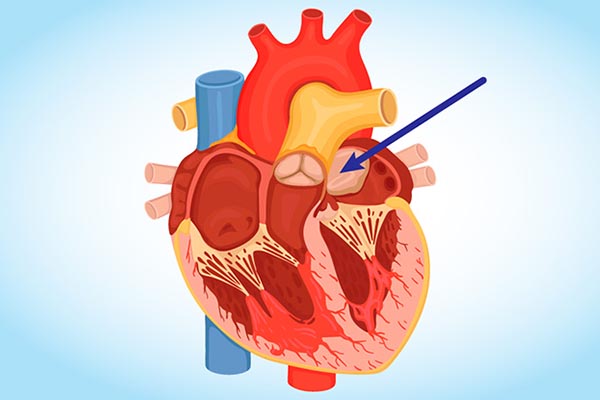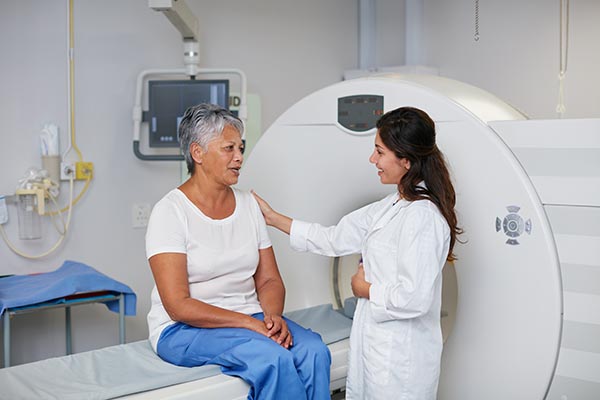What are the Warning Signs of a Stroke in Women?
May 23, 2023
This article was reviewed by our Baystate Health team to ensure medical accuracy.
 Ennis J. Duffis, MD
View Profile
Ennis J. Duffis, MD
View Profile

Health & Wellness Tips
Related Articles
-
Health Article
![surgeons in operating room performing heart bypass surgery]()
What is Heart Bypass Surgery? CABG Surgery Can Be a Lifesaver
-
Health Article
![cardiac myxoma heart tumor diagram]()
Can You Get Heart Cancer? It's Rare, but Yes. Learn the Symptoms
-
Health Article
![Make your 2023 New Years Resolutions]()
5 Achievable 2024 Health-Related New Year's Resolutions
-
Health Article
![a hugging couple coping with grief during the holidays]()
Grief During the Holidays: Ways to Celebrate While Grieving
-
Health Article
![feet in socks by a winter fire]()
Health Tips for the Holidays: Strategies to Stay Fit and Jolly
-
Health Article
![a woman discussing pancreatic cysts with her doctor, waiting for an MRI scan]()
Are Pancreatic Cysts Dangerous? Do They Cause Pancreatic Cancer?
-
Health Article
![When to Get a Flu Shot]()
When to Get a Flu Shot, According to Experts
-
Health Article
![How to Prevent Holiday Heart Syndrome]()
Holiday Heart Syndrome: Knowing the signs could save a life
-
Health Article
![A doctor speaking to her patient about medications for Parkinson's disease]()
Parkinson's Medication: Symptom Control, Improved Quality of Life
-
Health Article
![A man sitting down with shortness of breath and coughing]()
What is Interstitial Lung Disease? Don't Dismiss These Symptoms
Back to Top












